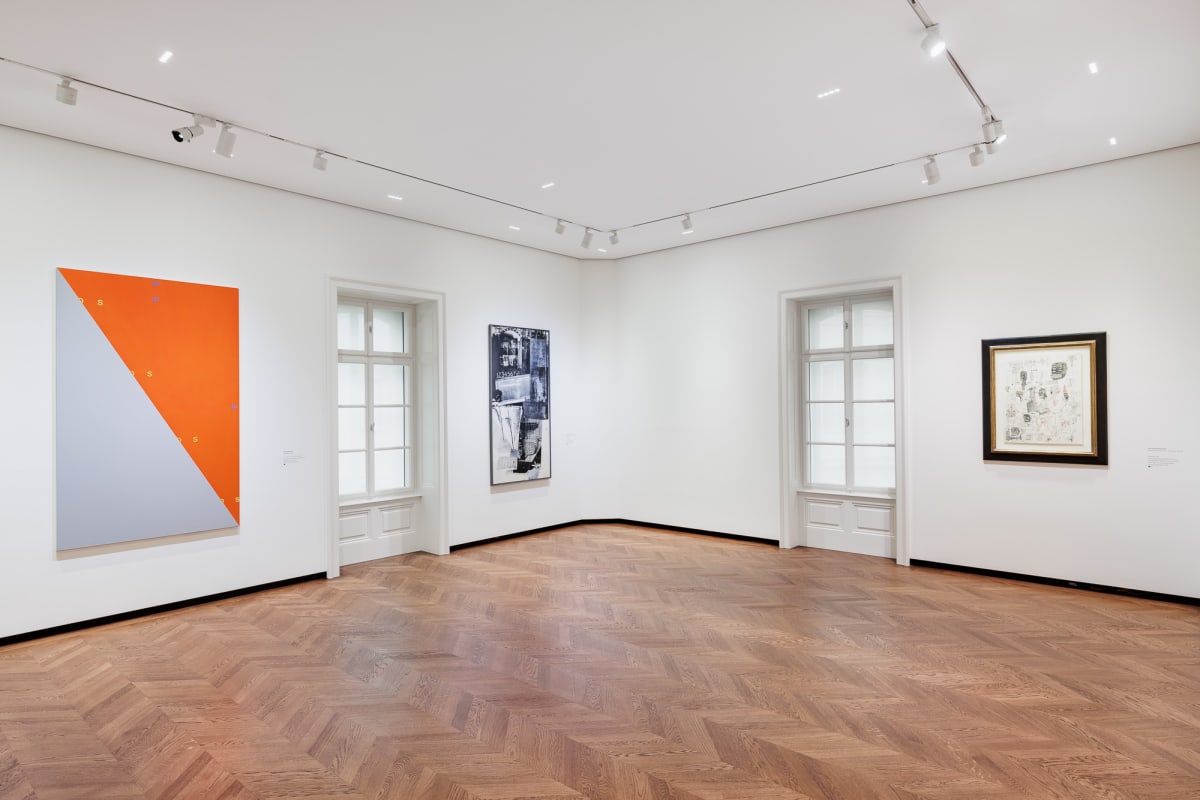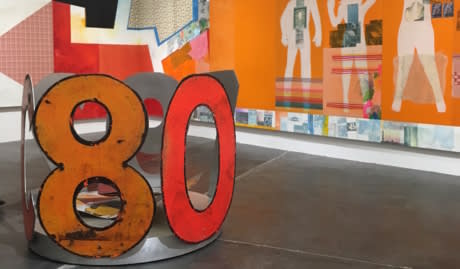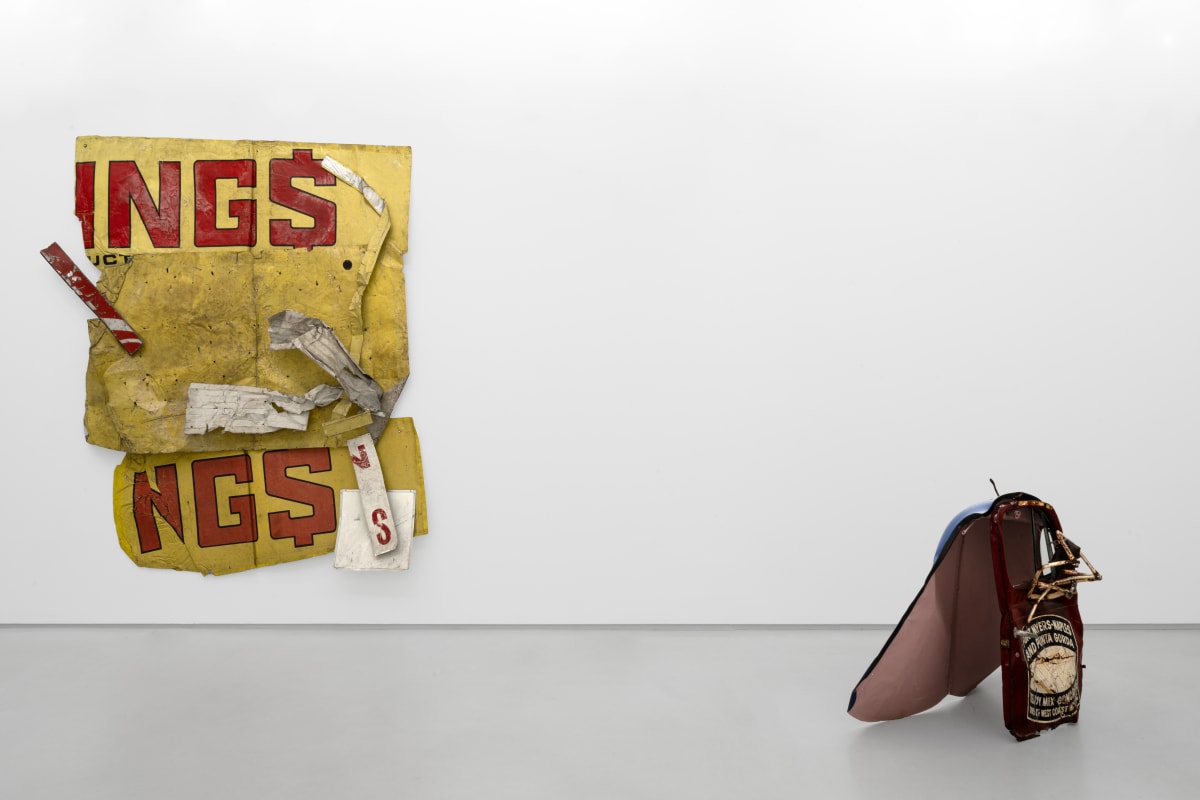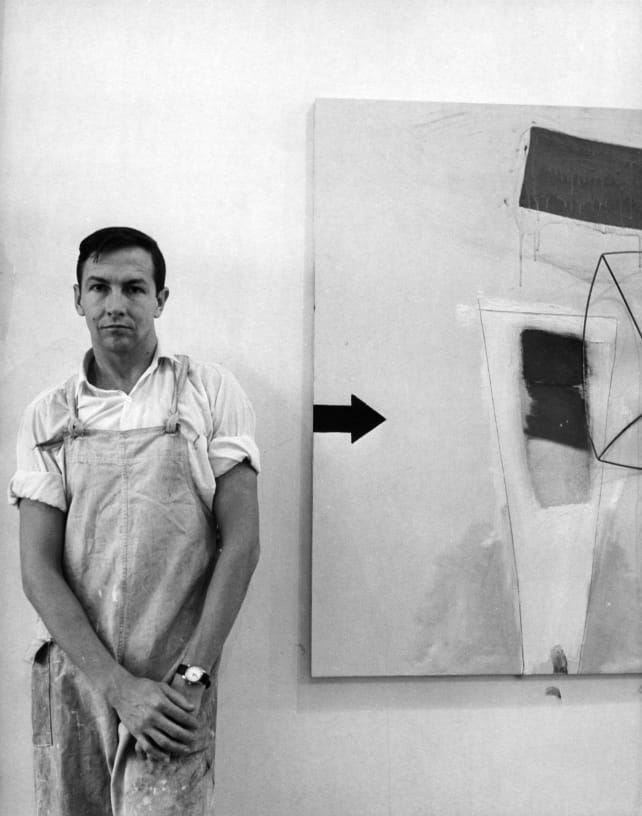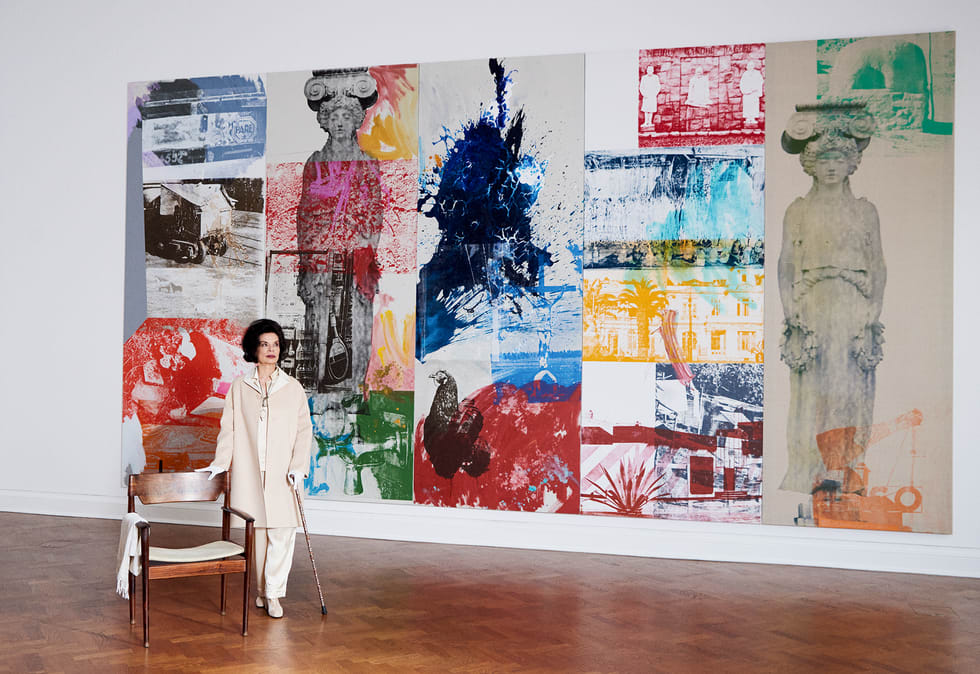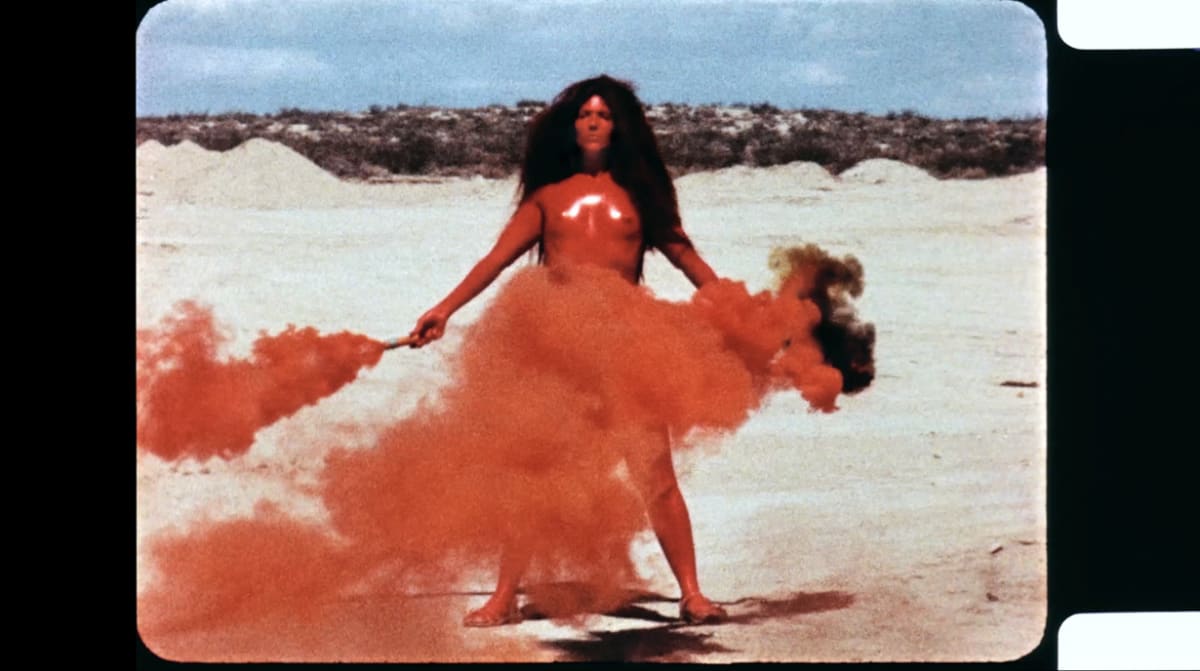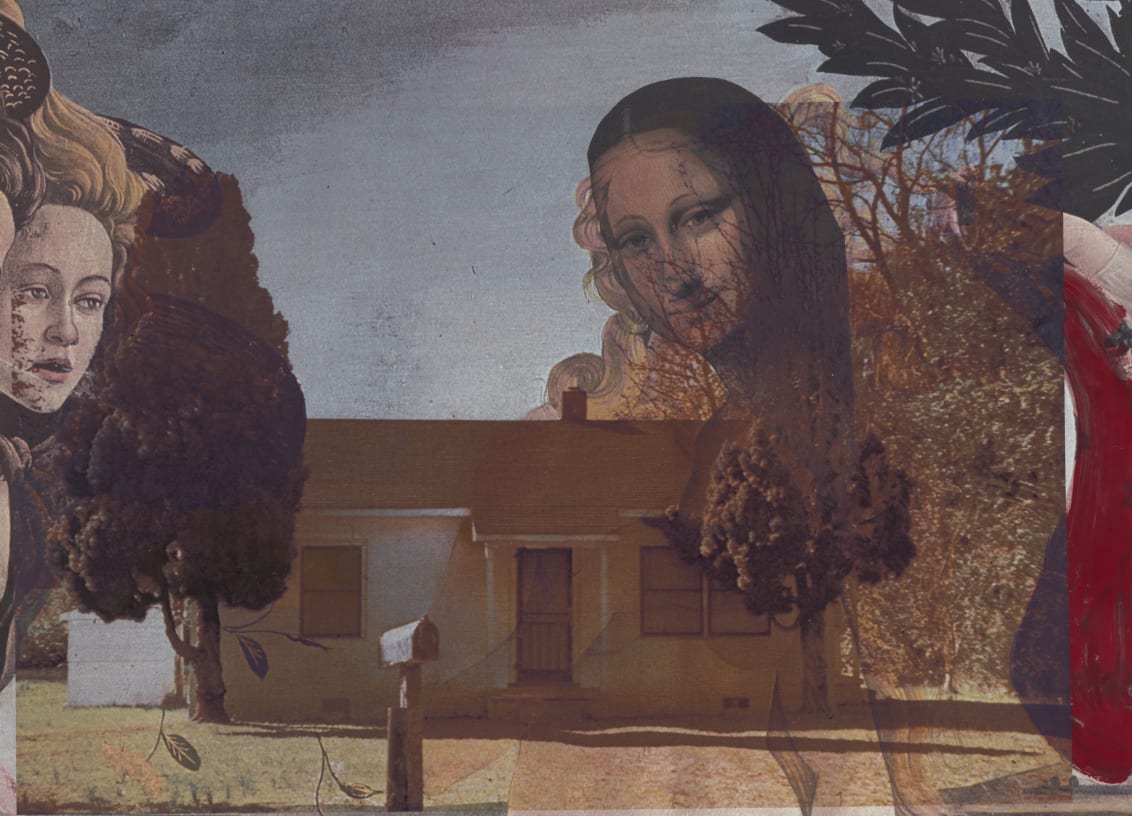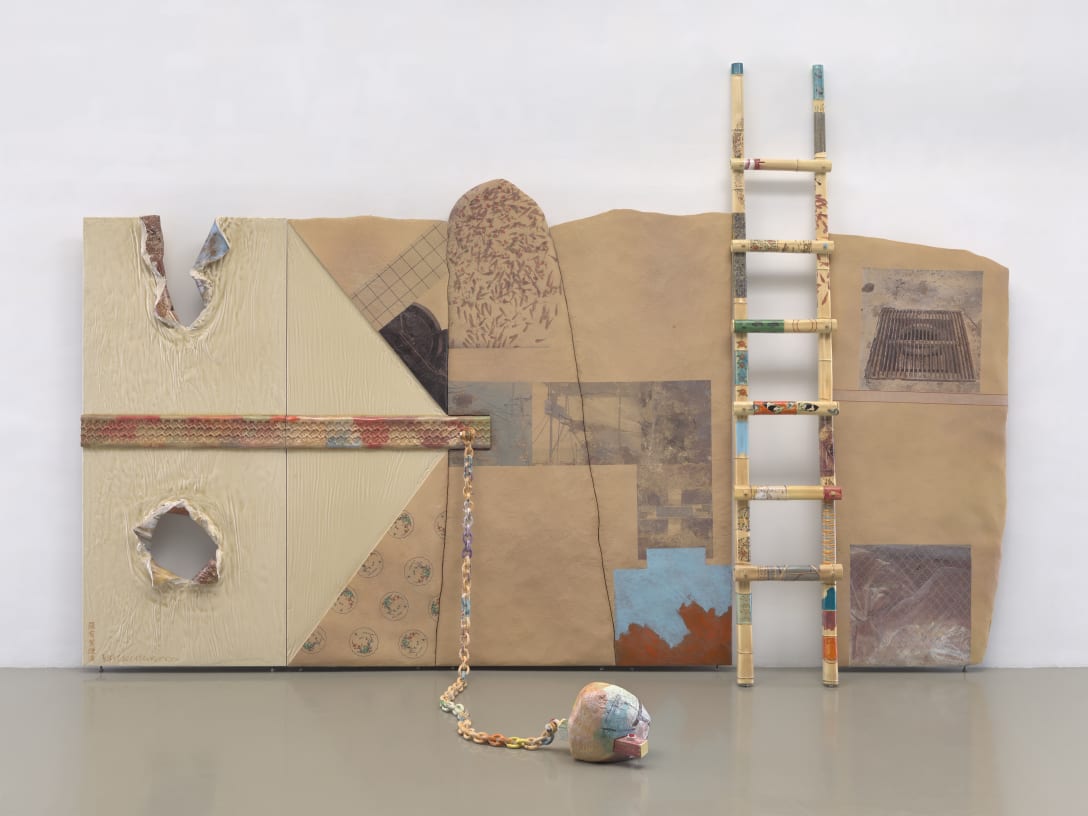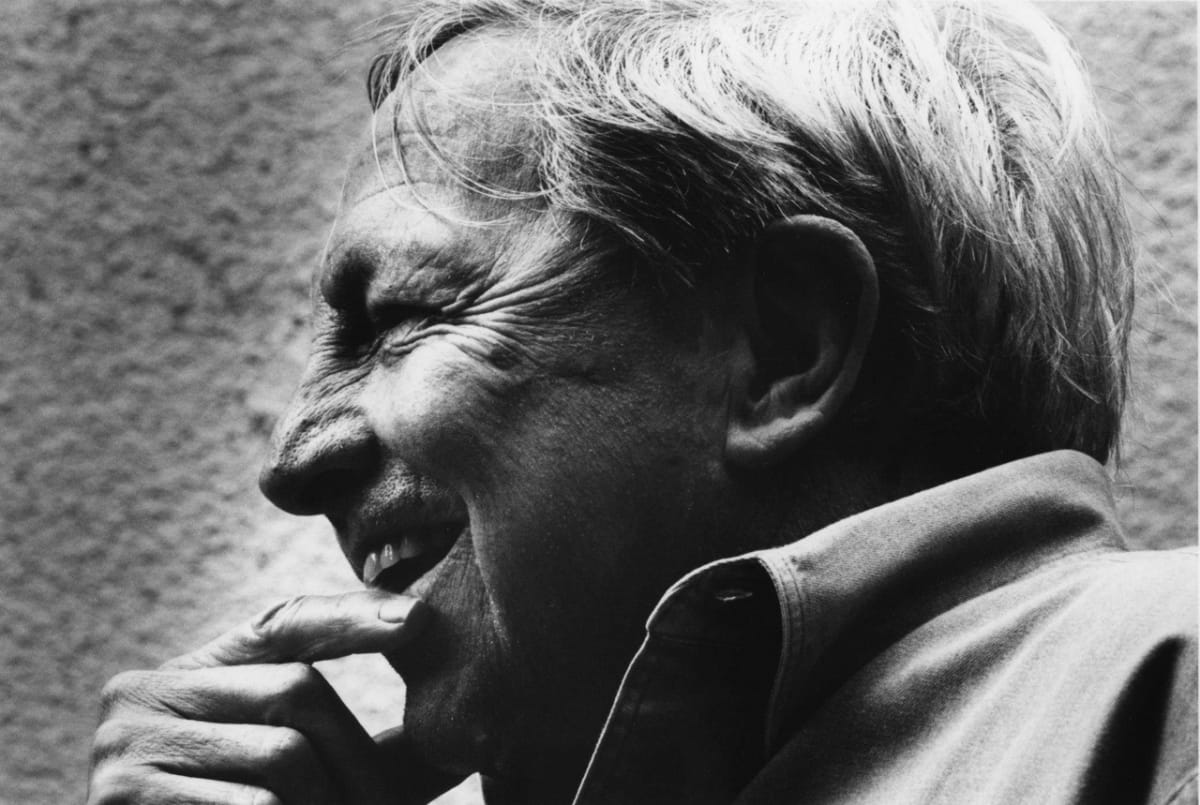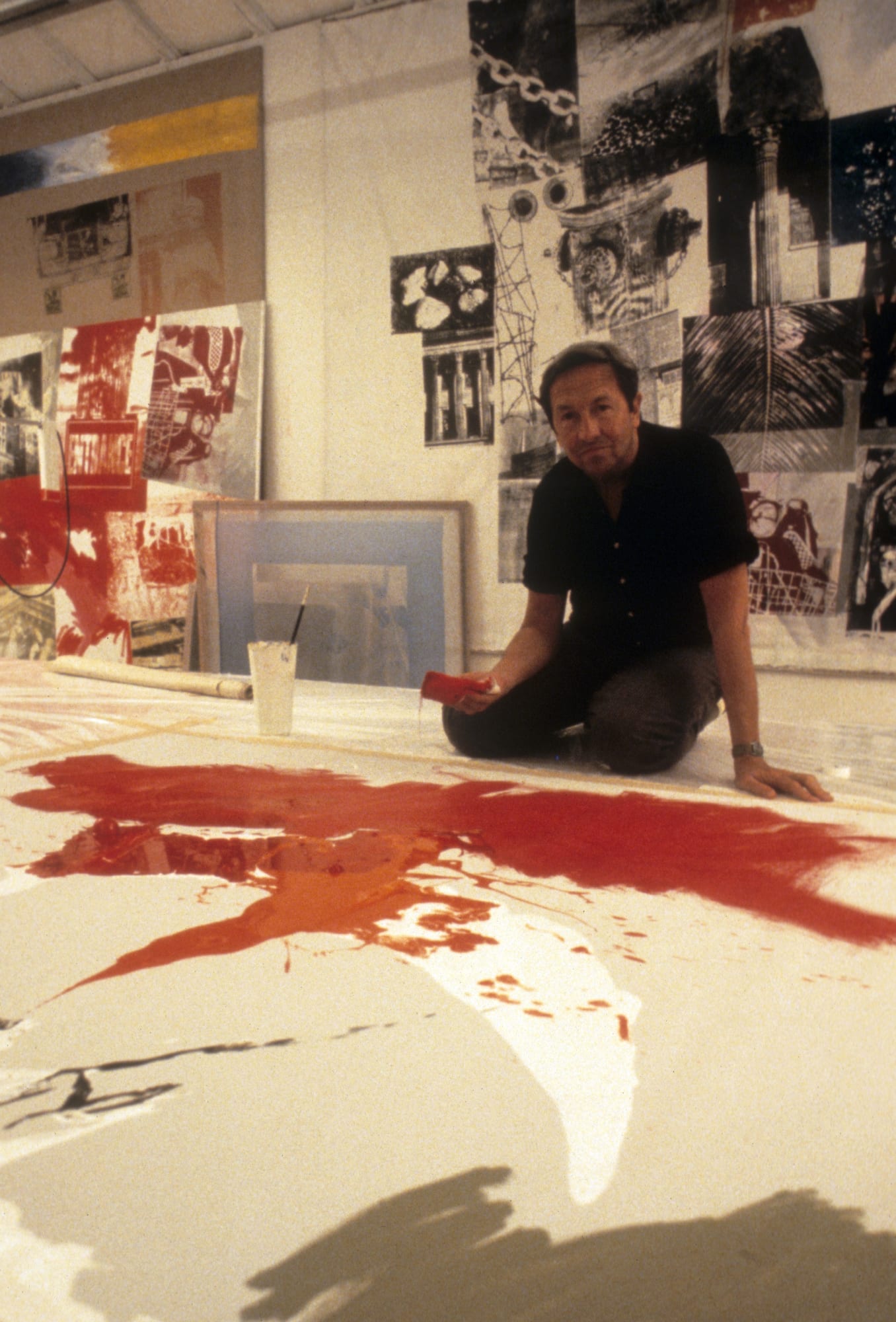

Robert Rauschenberg Foundation
Overview
'Painting relates to both art and life. Neither can be made. (I try to act in that gap between the two.)'
Over the course of his 60-year career, Robert Rauschenberg's work was inspired by wide-ranging experiences, lifelong collaborations, and a spirit of experimentation with new materials and techniques. Although he eluded association with any specific movement, he has been identified as a forerunner of practically every post-war artistic development since Abstract Expressionism. His early Combines (1954–64) established an ongoing dialogue between painting and sculpture, between the handmade and the readymade, and between the artist's hand and the mechanically reproduced image. He revolutionised the picture plane through the inclusion of everyday objects, which he termed 'gifts from the street', redefining and expanding the boundaries of what could be considered an artwork.
Over the course of his 60-year career, Robert Rauschenberg's work was inspired by wide-ranging experiences, lifelong collaborations, and a spirit of experimentation with new materials and techniques. Although he eluded association with any specific movement, he has been identified as a forerunner of practically every post-war artistic development since Abstract Expressionism. His early Combines (1954–64) established an ongoing dialogue between painting and sculpture, between the handmade and the readymade, and between the artist's hand and the mechanically reproduced image. He revolutionised the picture plane through the inclusion of everyday objects, which he termed 'gifts from the street', redefining and expanding the boundaries of what could be considered an artwork.
Rauschenberg attended the Kansas City Art Institute and later the Académie Julian in Paris and the Art Students League in New York, but the young artist's most profound formative experience was at the experimental Black Mountain College in North Carolina, where he enrolled in 1948 alongside fellow artist and his future wife Susan Weil. There he studied under painter and Bauhaus teacher Josef Albers and cultivated relationships with composer John Cage and choreographer Merce Cunningham, who became longstanding friends and artistic collaborators. The trio participated in Theater Piece No. 1 (1952), a multimedia performance – now recognised as the first 'Happening' – that incorporated poetry, music, dance and film, as well as panels of Rauschenberg's White Paintings (1951) suspended from the ceiling. Cage cited these as an inspiration for his composition 4'33'' (1952), which creates a framework that prompts a heightened awareness of ambient sound.
By the end of 1953, Rauschenberg had begun integrating a litany of found materials and objects into his Red Paintings (1953–54), which evolved into his seminal Combines. Incorporating everything from a stuffed goat to street signs and bed quilts, the Combines obliterated the boundary between painting and sculpture, introducing a new relationship between viewer and artwork. In 1962 he began making paintings that combined gestural brushwork with silkscreened imagery drawn from newspapers, magazines and his own photographs. Following his first retrospective, organised by the Jewish Museum, New York in 1963, Rauschenberg was awarded the International Grand Prize in Painting at the Venice Biennale in 1964.
Rauschenberg's work throughout the subsequent decades embodied his lifelong commitment to collaboration with performers, artisans and engineers worldwide. As well as designing lighting, sets and costumes for avant-garde productions by Merce Cunningham, Trisha Brown and Paul Taylor, among others, Rauschenberg also choreographed his own performances, beginning with Pelican in 1963. He co-founded Experiments in Art and Technology (E.A.T.) with engineer Billy Klüver, which paired artists and engineers for collaborative projects. Together with Klüver, Rauschenberg created works like Oracle (1962–65), which incorporated transistor radio technology, and the responsive light installation Soundings (1968).
In 1970, Rauschenberg moved his primary residence and studio to Captiva Island, Florida, where he created several series of works focused on materiality, including the Cardboards (1971–72), wall reliefs created from discarded boxes, and the Jammers (1975–76), made predominantly from sewn fabric. His experimentation with printing techniques also continued across a range of media, including the solvent-transfer Hoarfrosts (1974–76), multimedia Spreads (1975–83) and his metal works from the 1980s and 1990s, including the Shiners (1986–93), Urban Bourbons (1988–96) and Borealis (1989–92). In addition to his own artmaking practice, Rauschenberg became a spokesperson for artists and the creative community at large. In September 1970, he founded Change, Inc., a non-profit organisation that helped artists with emergency expenses and from 1984–91, he personally funded the Rauschenberg Overseas Culture Interchange (ROCI) project. For this extensive touring programme, Rauschenberg travelled to ten countries outside of the United States – Mexico, Chile, Venezuela, China, Tibet, Japan, Cuba, the USSR, Germany and Malaysia – with the aim of sparking cross-cultural dialogue and understanding through the creative process.
The gallery has represented the Robert Rauschenberg Foundation since April 2015.
Expositions
Institutional Exhibitions & Projects
Artworks
Videos
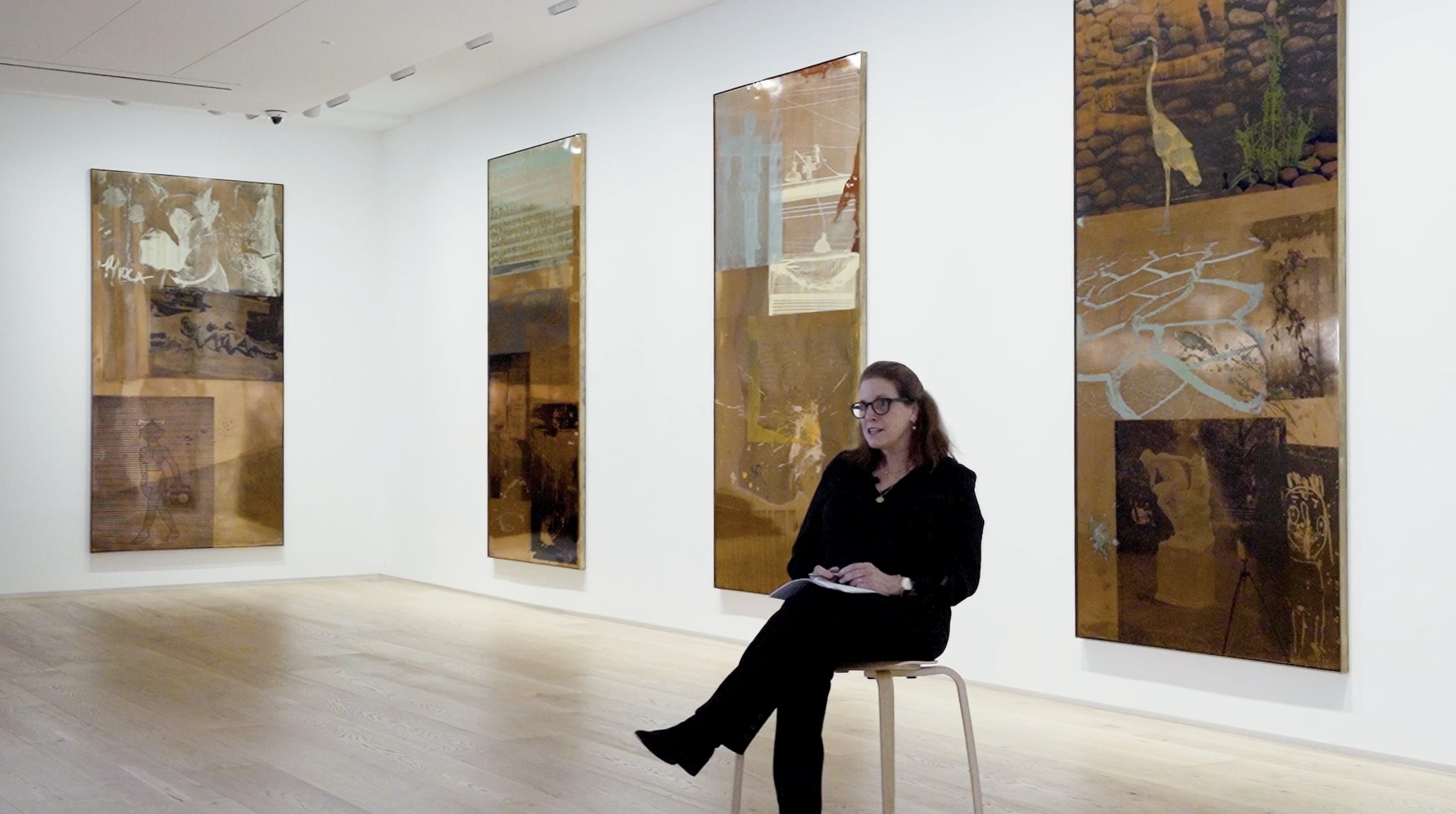







Catalogues
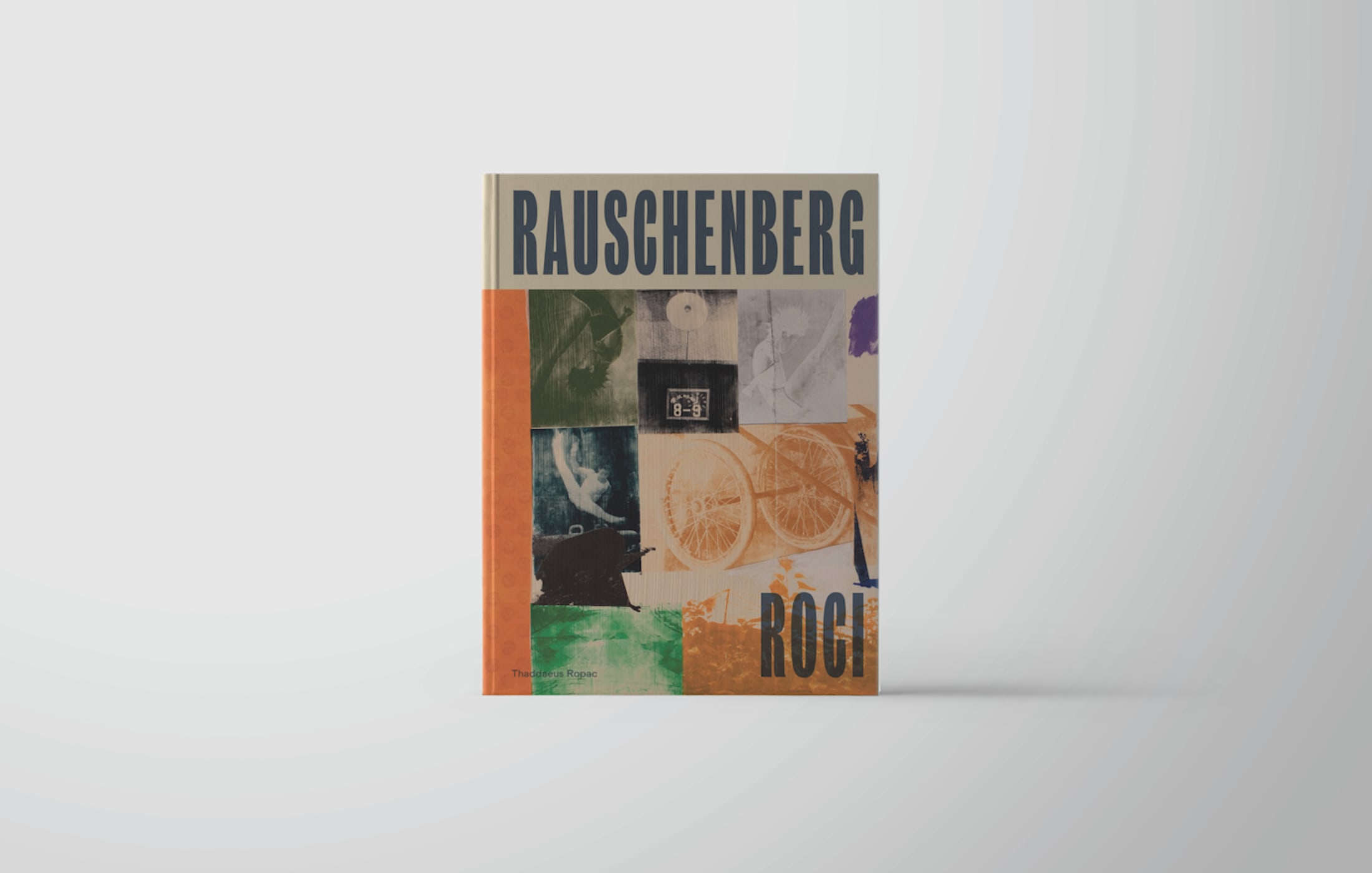
Robert Rauschenberg
ROCI
Catalogues

Robert Rauschenberg

Robert Rauschenberg

Robert Rauschenberg



































